See the Moon Like the Apollo Astronauts with These Epic Panoramic Photos
Here's what the Apollo astronauts were looking at 50 years ago.
In order to provide panoramic views of the Apollo moon landing sites, NASA stitched together individual images taken by its 12 moonwalkers to paint several gorgeous panoramas.
For the 50th Apollo anniversary, NASA imagery specialist Warren Harold put the pictures together while Apollo 17 astronaut Harrison "Jack" Schmitt, the only geologist to touch down on the lunar surface, verified the resulting accuracy of the images, NASA officials said in a statement.
Put yourself in the boots of a moonwalker by checking out some of our favorite Apollo panoramas from the landing missions between 1969 and 1972 below. For more cool moon panoramas, check out NASA's complete collection here.
Related: Apollo 11 at 50: A Complete Guide to the Historic Moon Landing
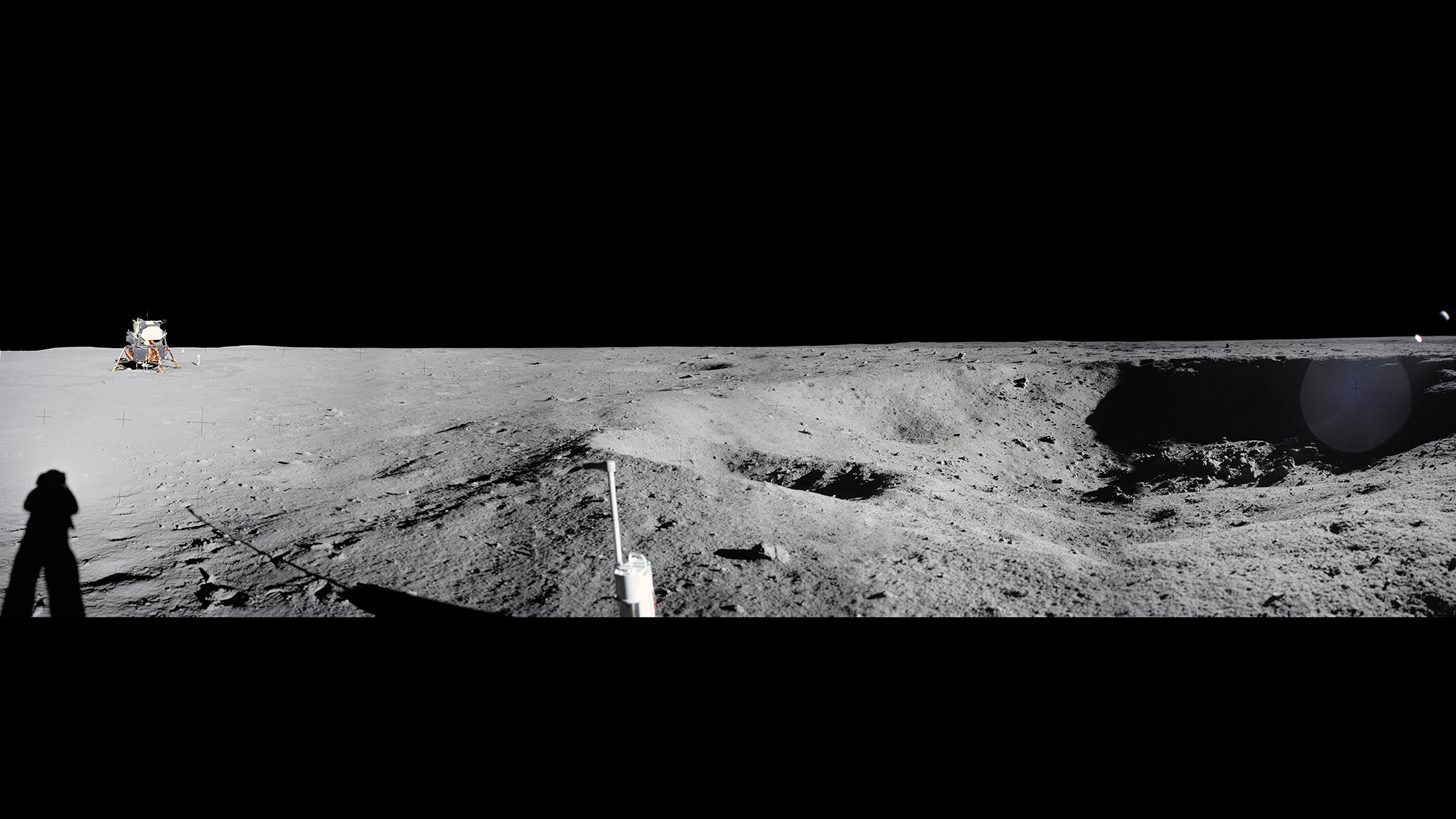
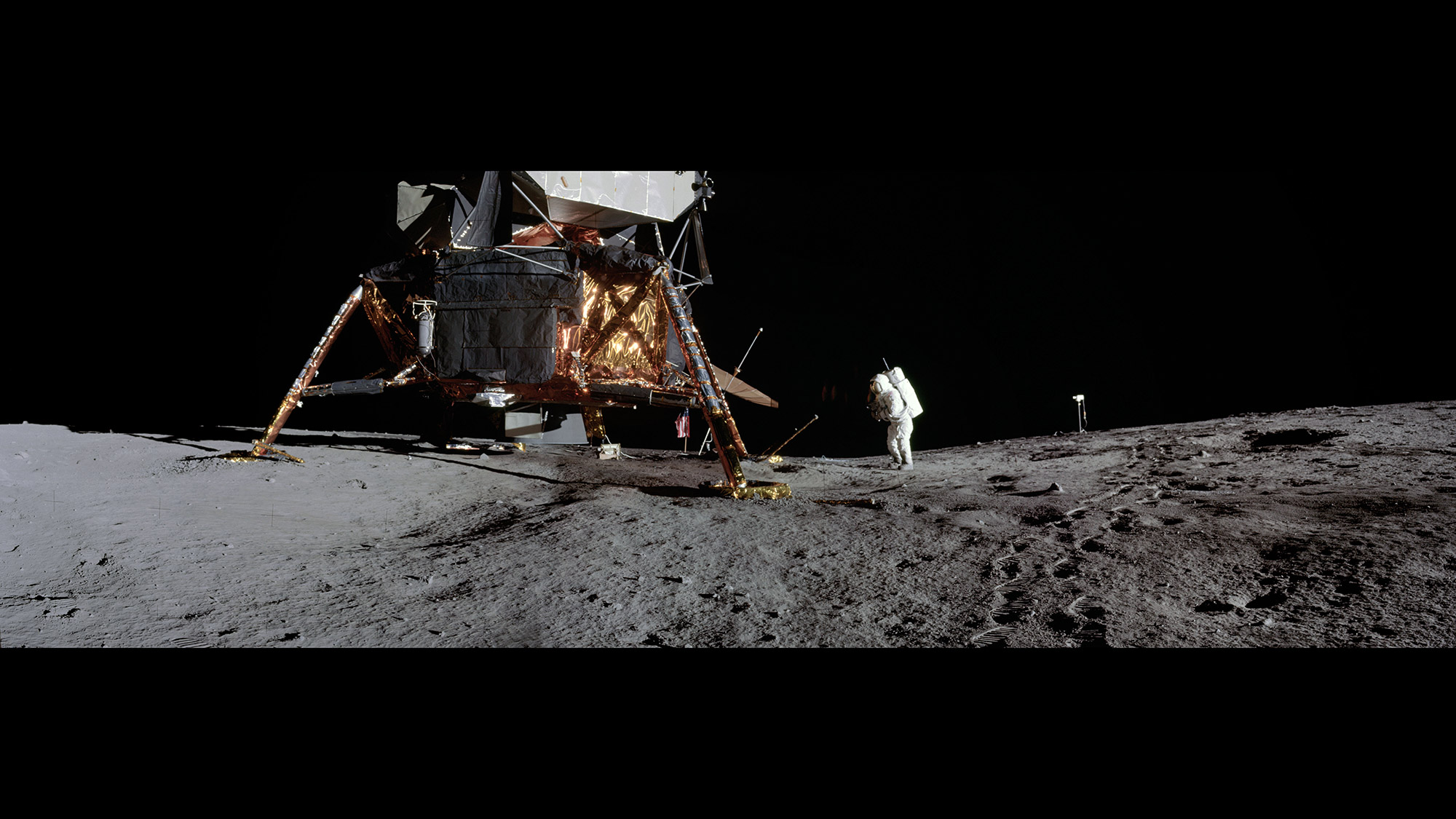
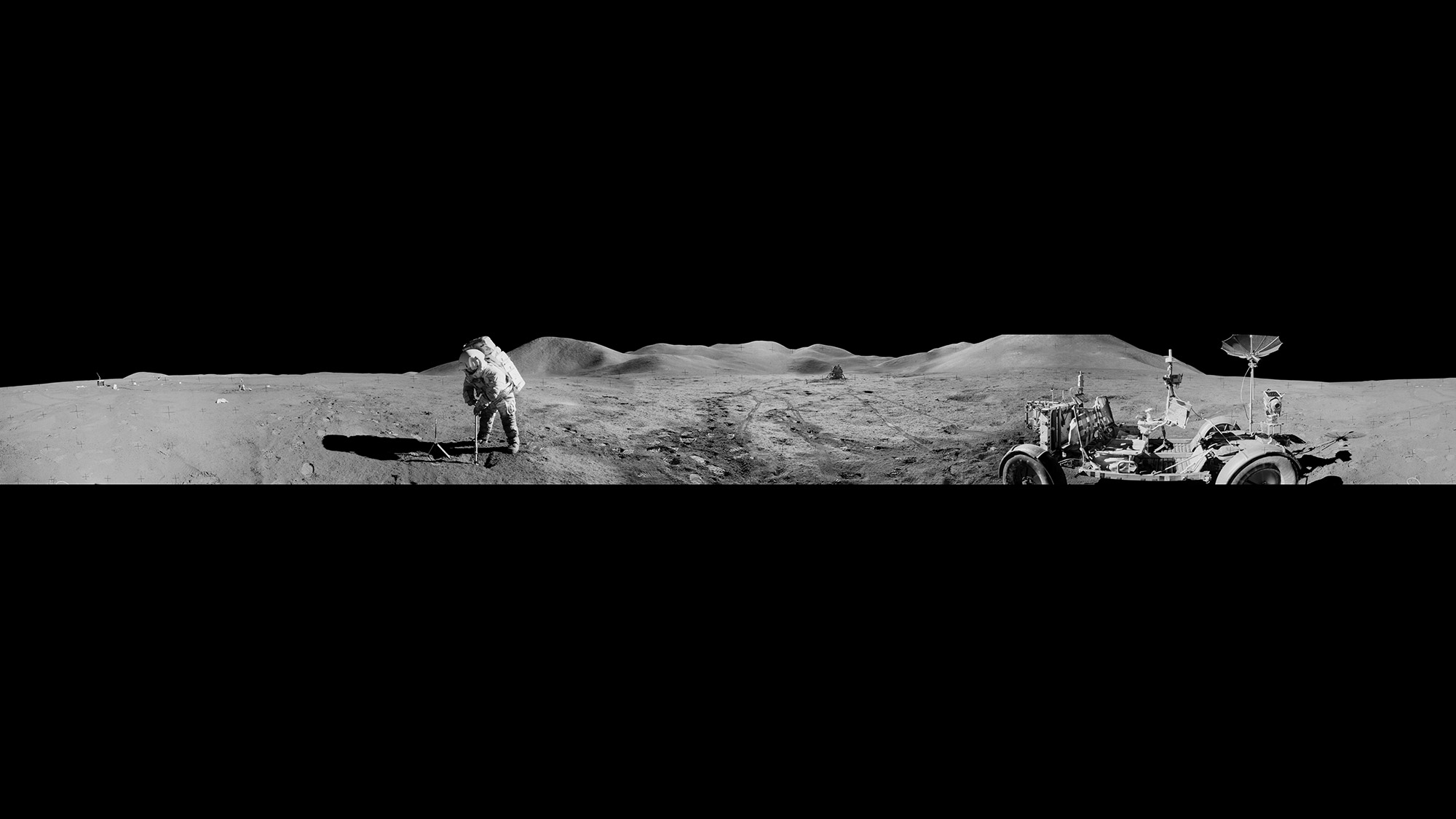
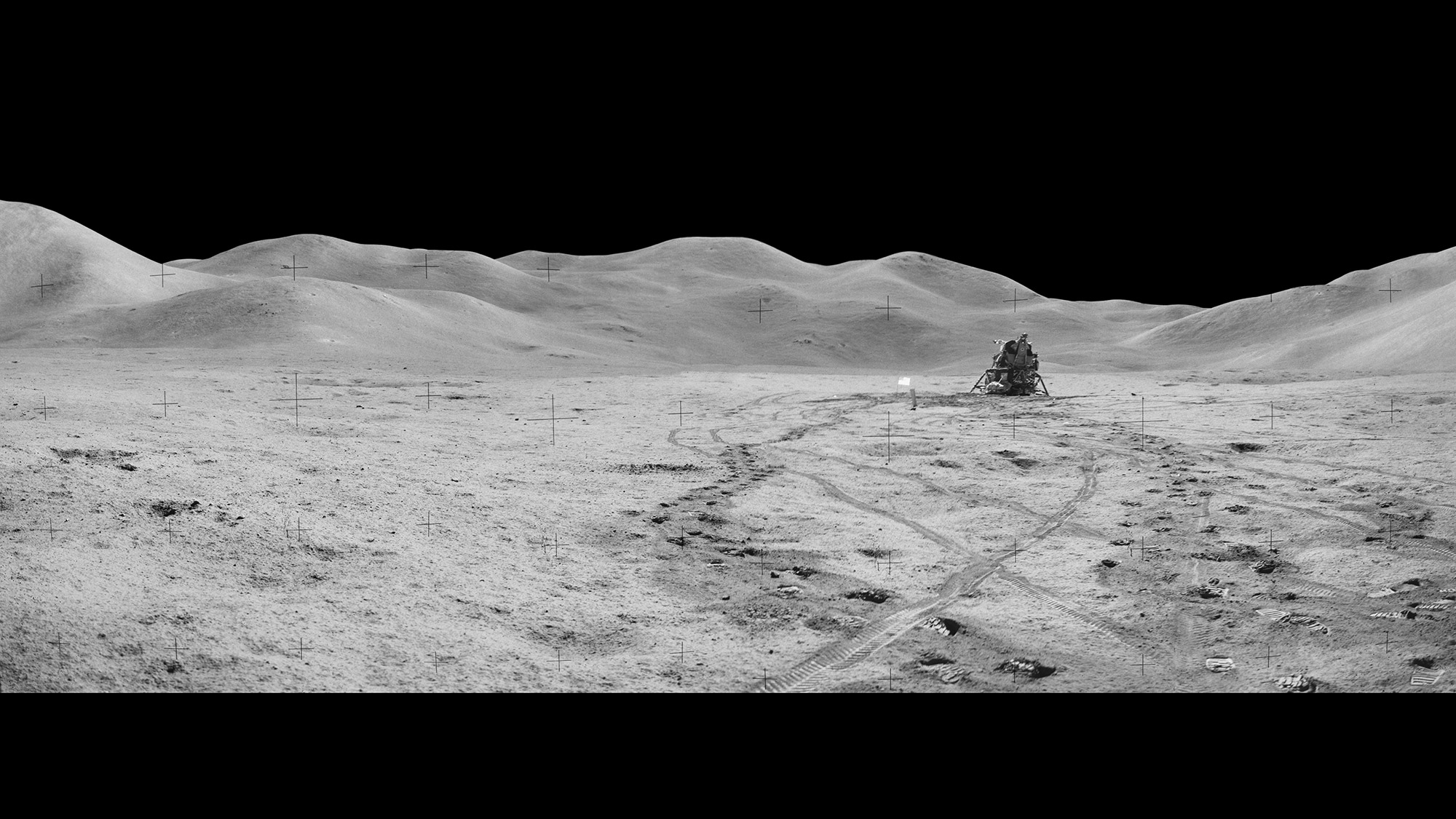
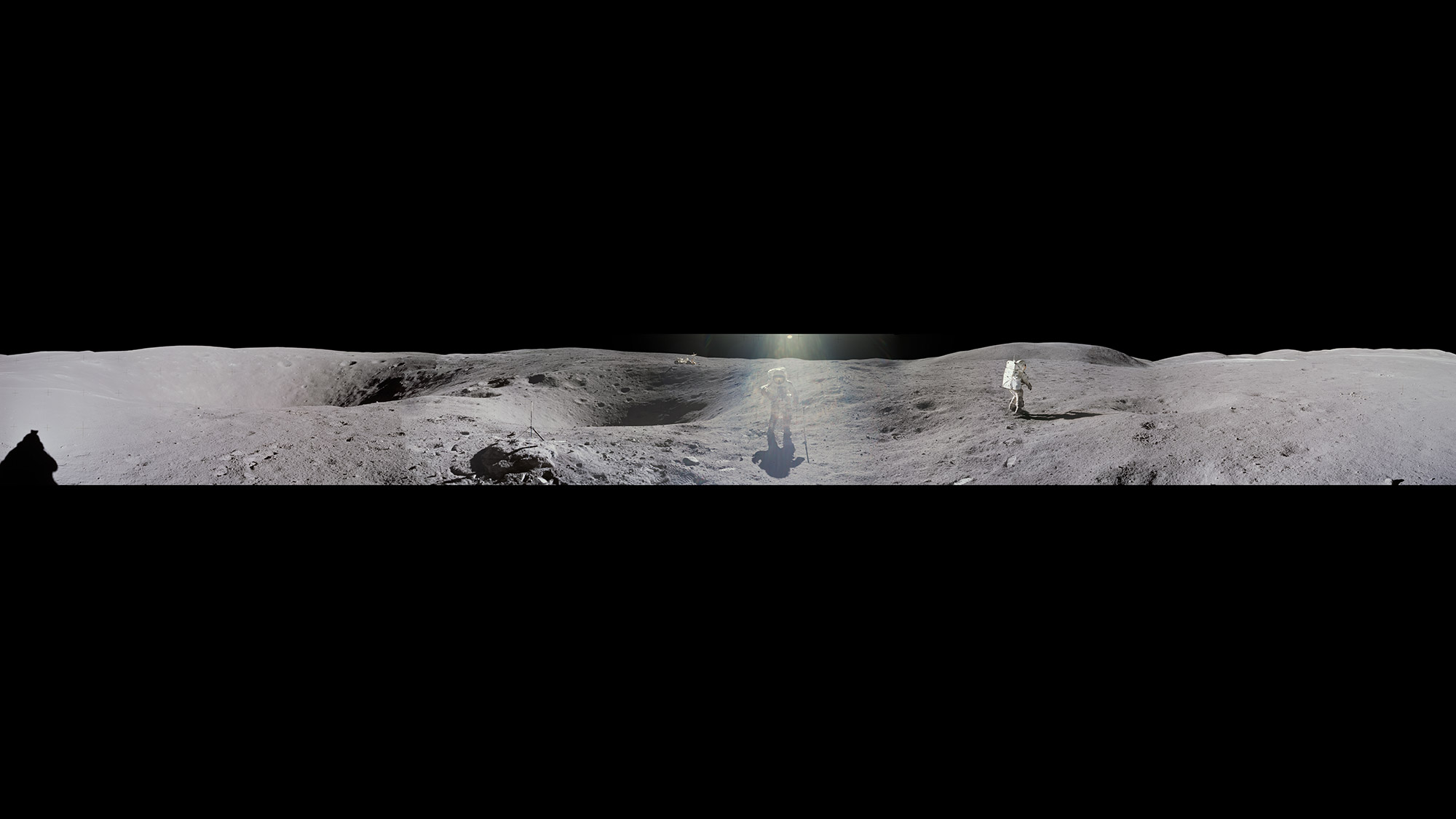
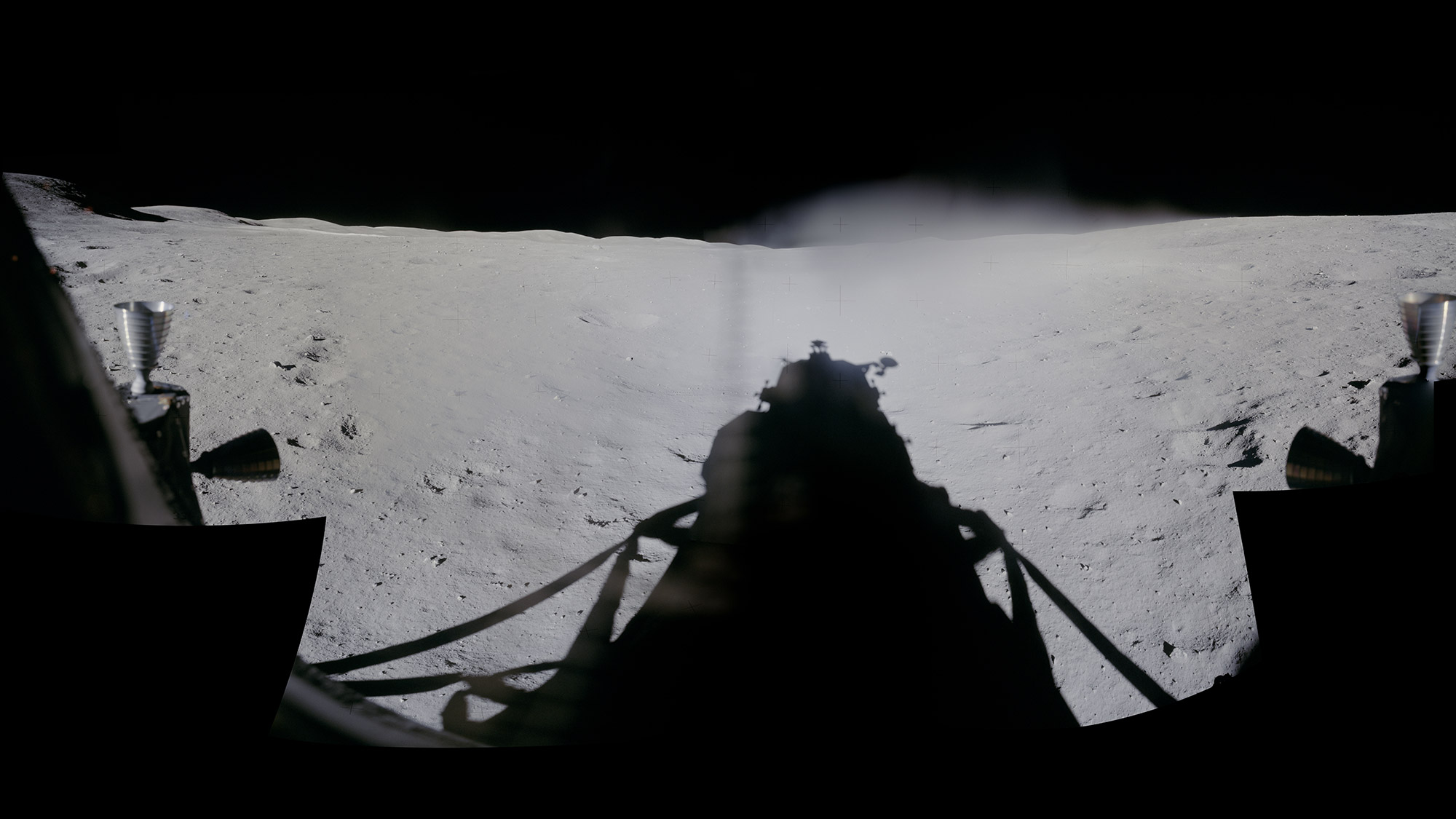
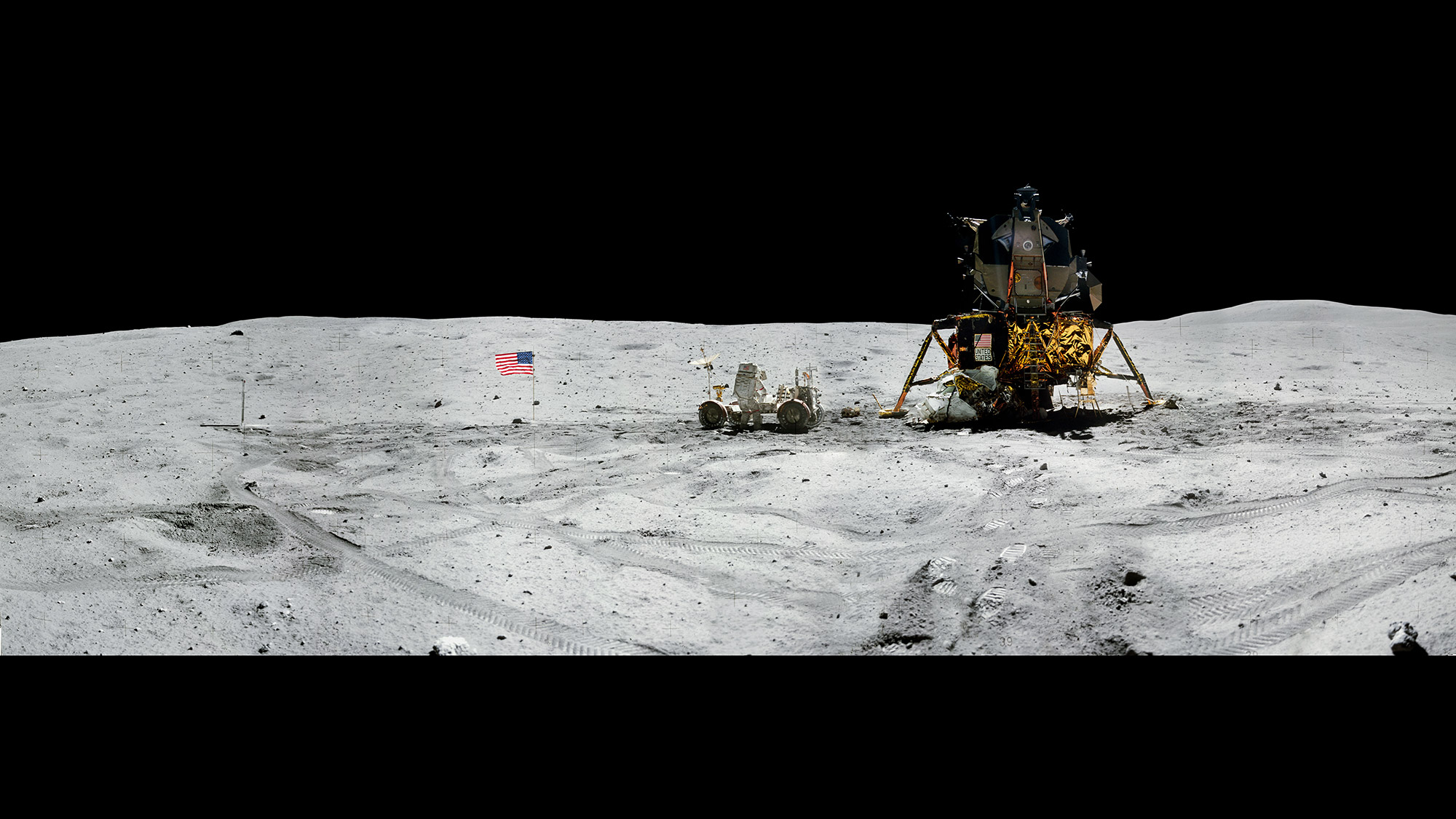
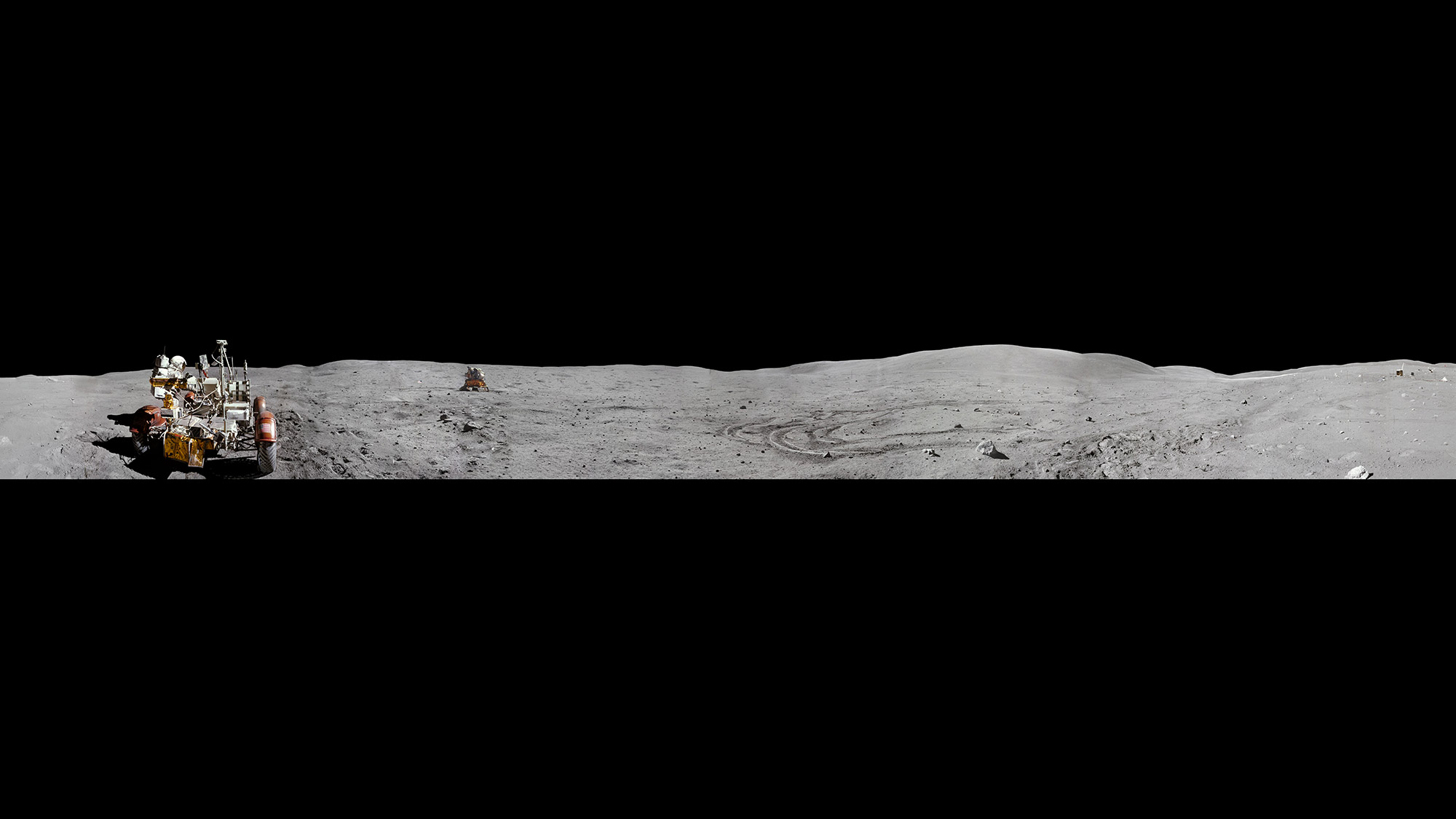
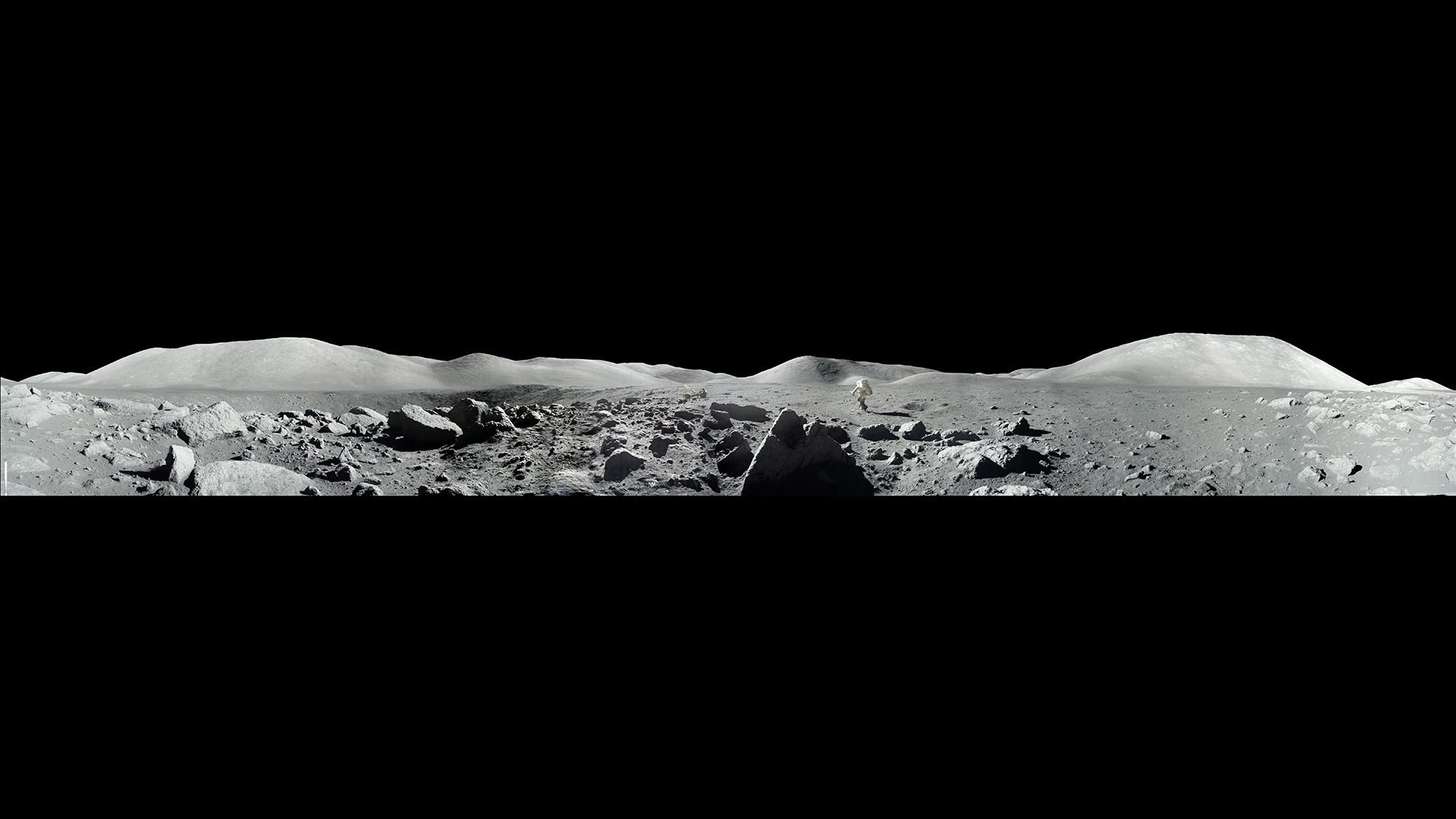
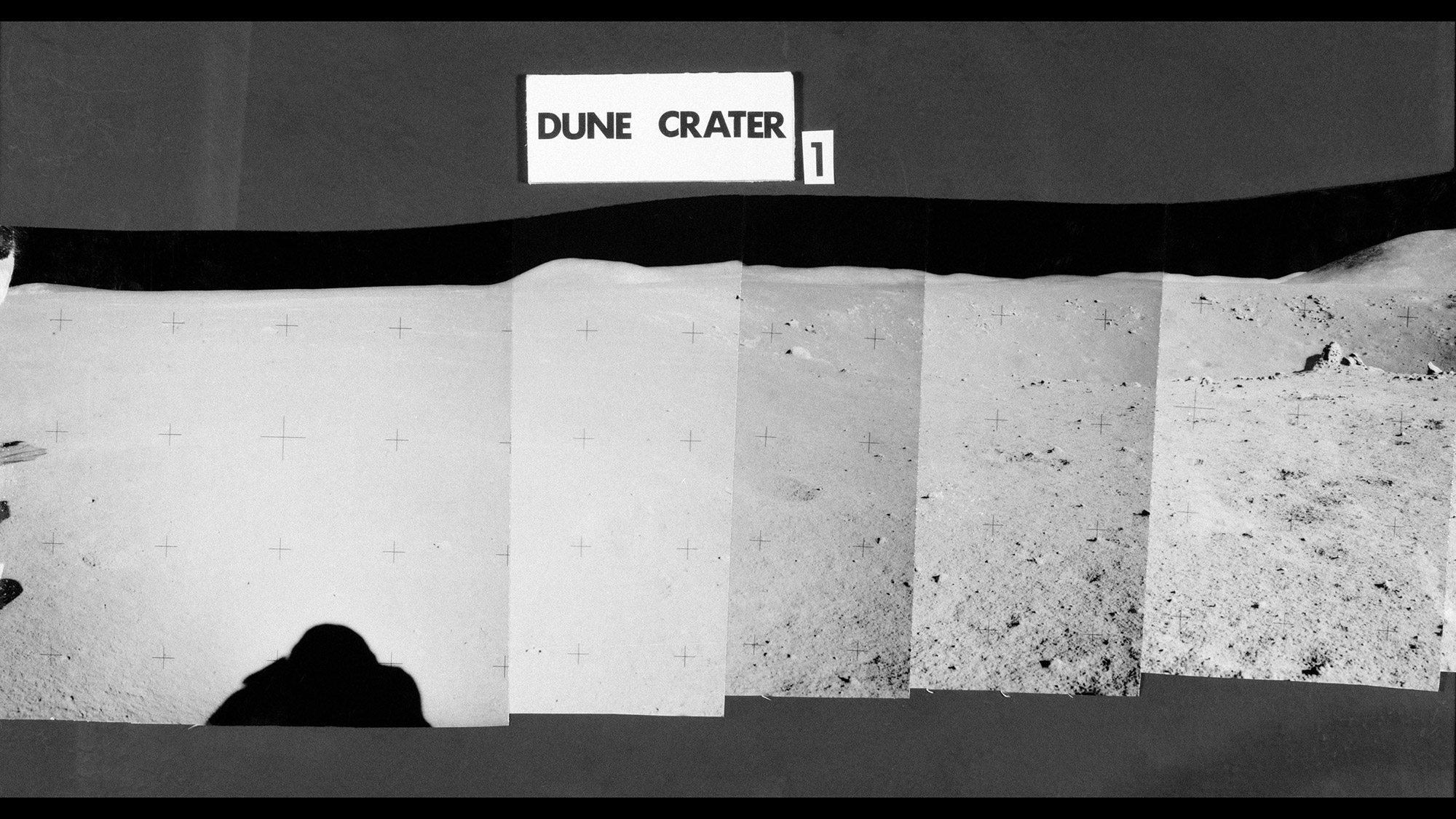
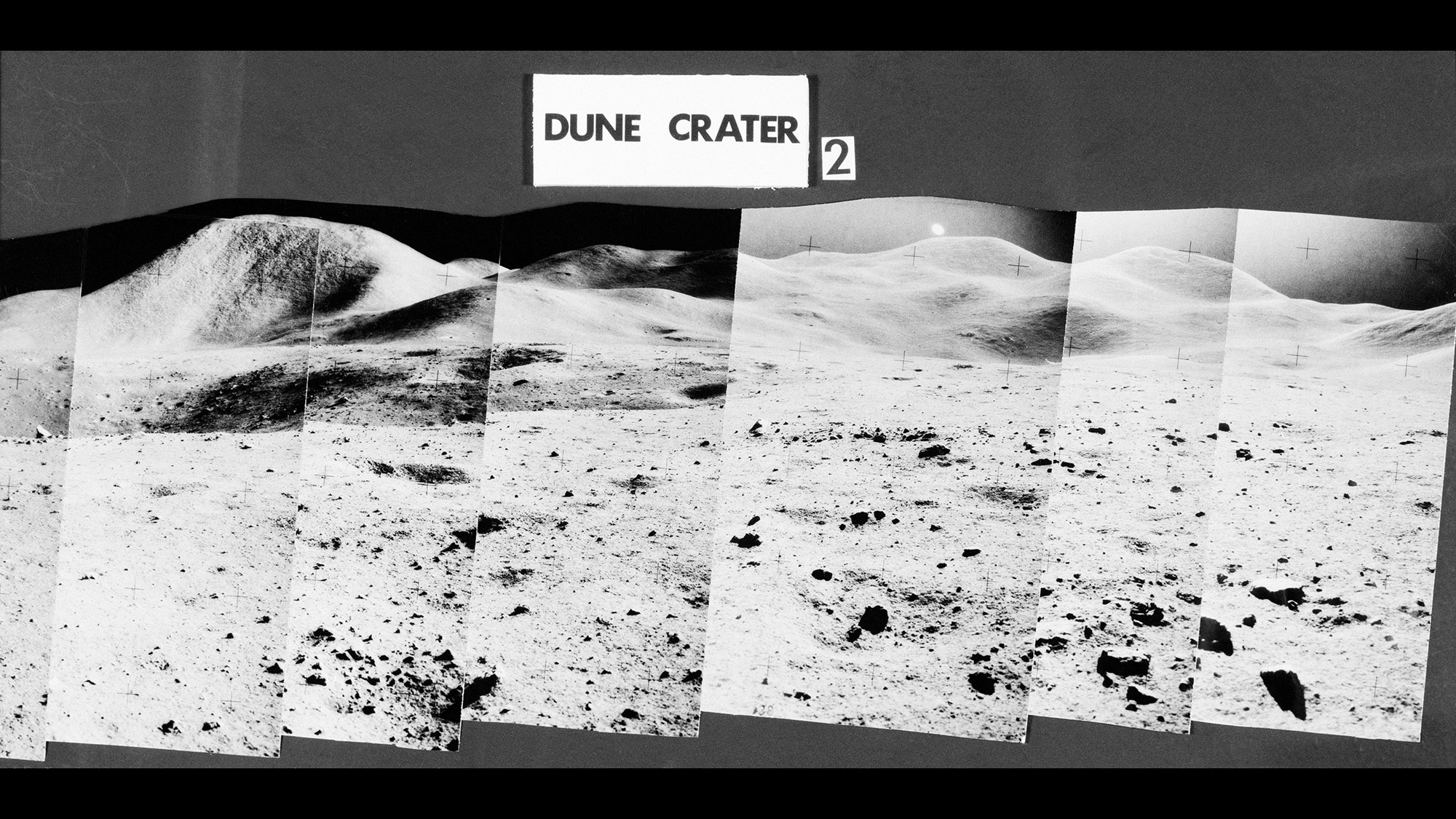
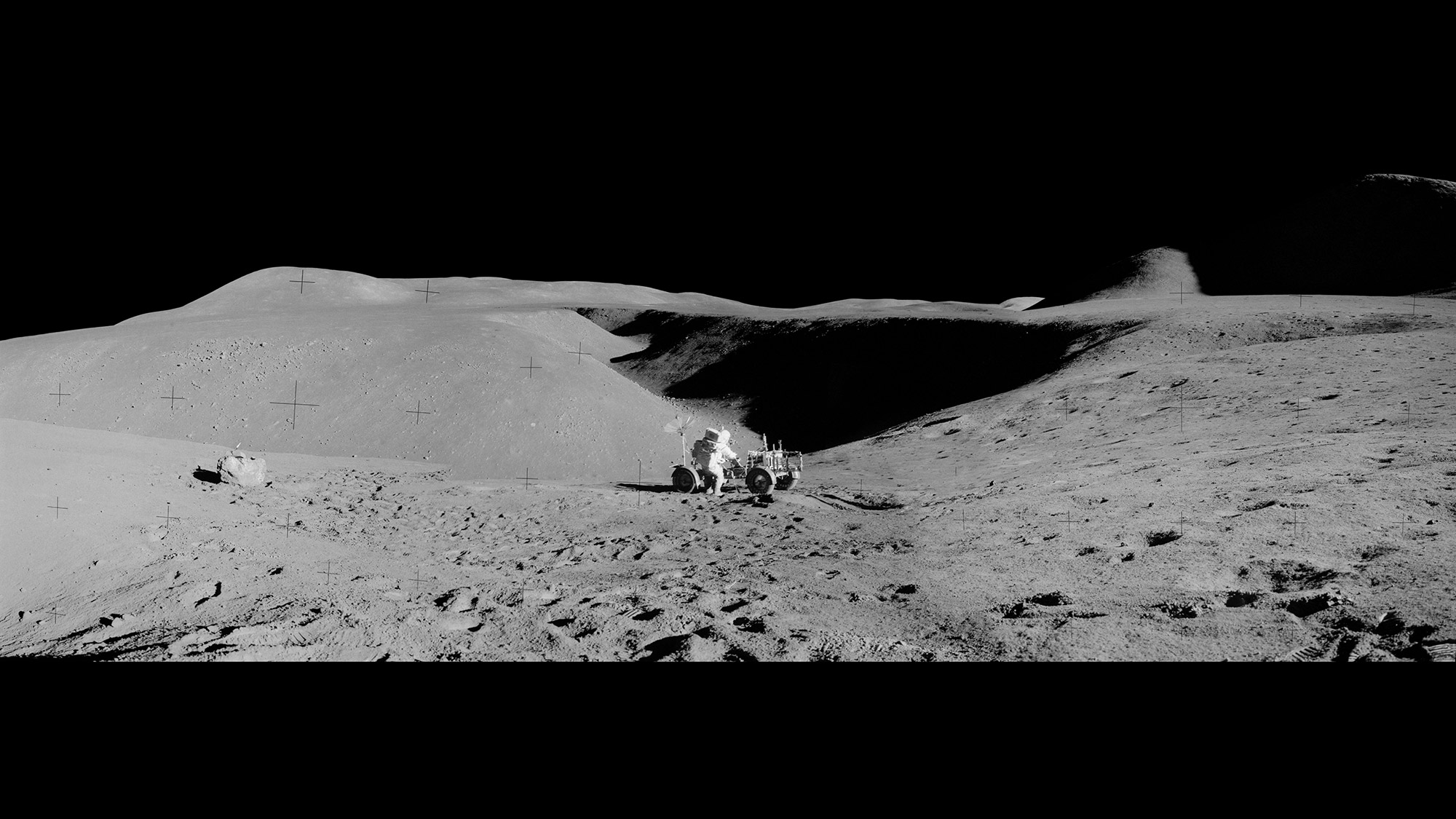
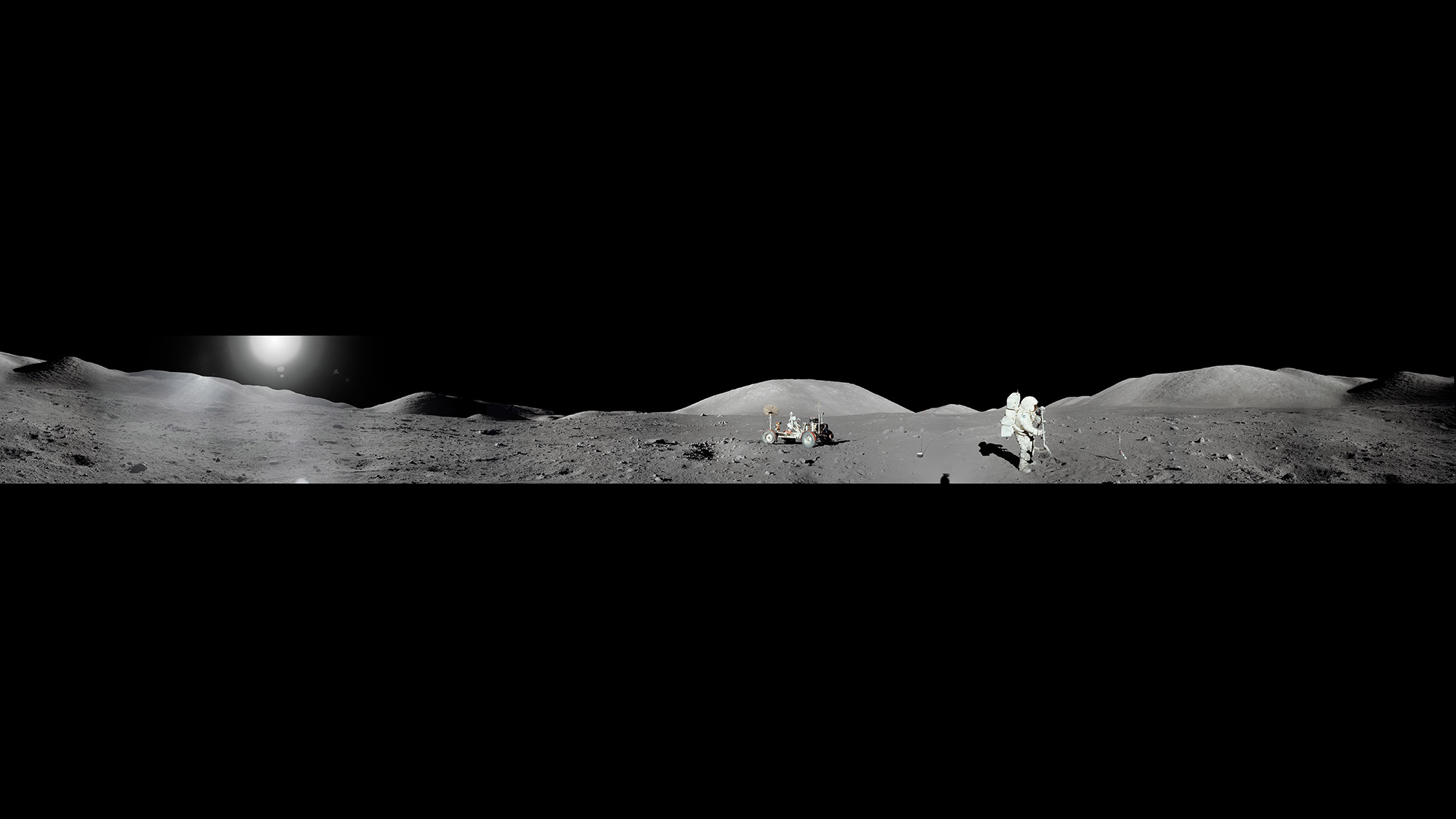
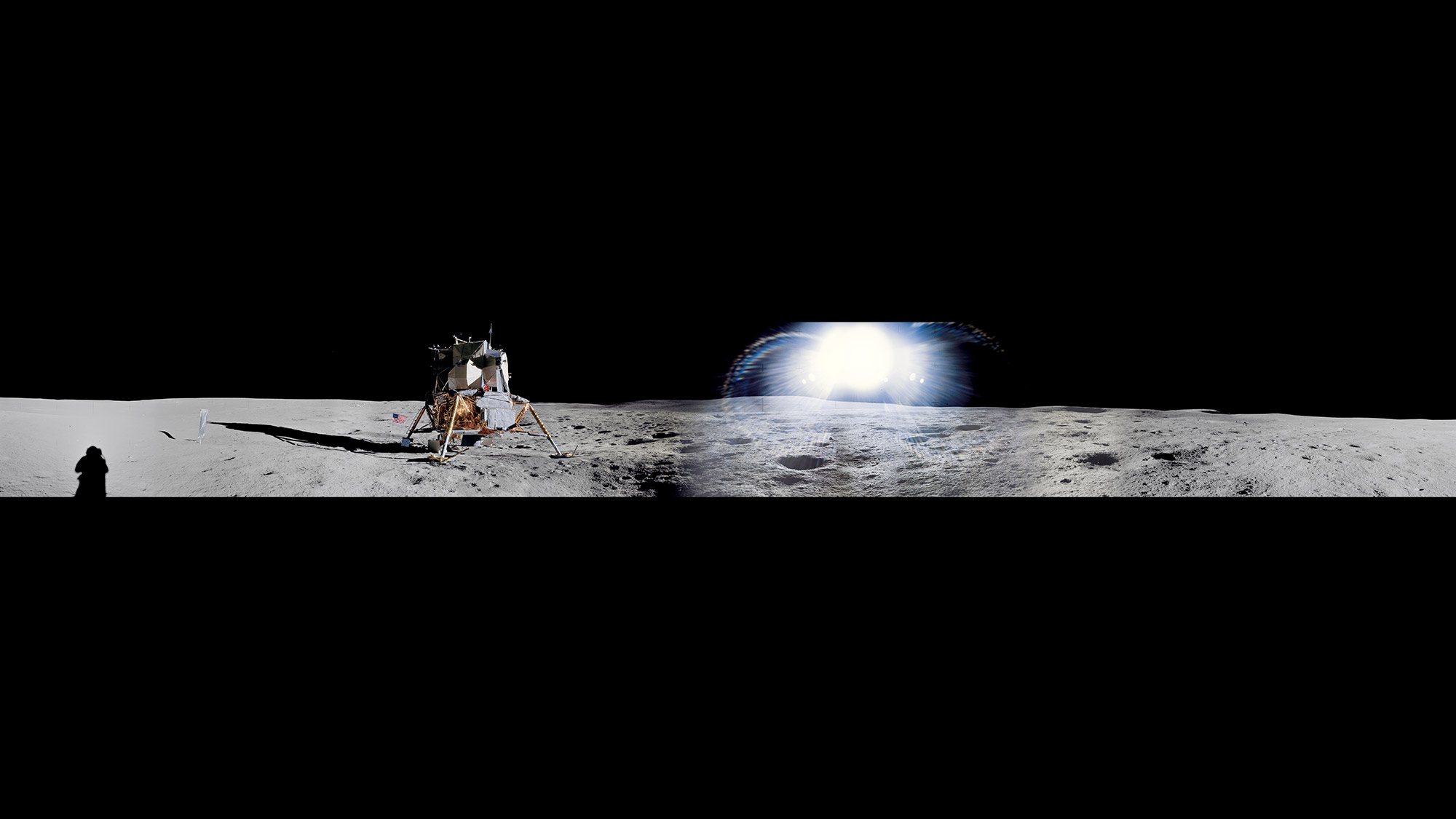
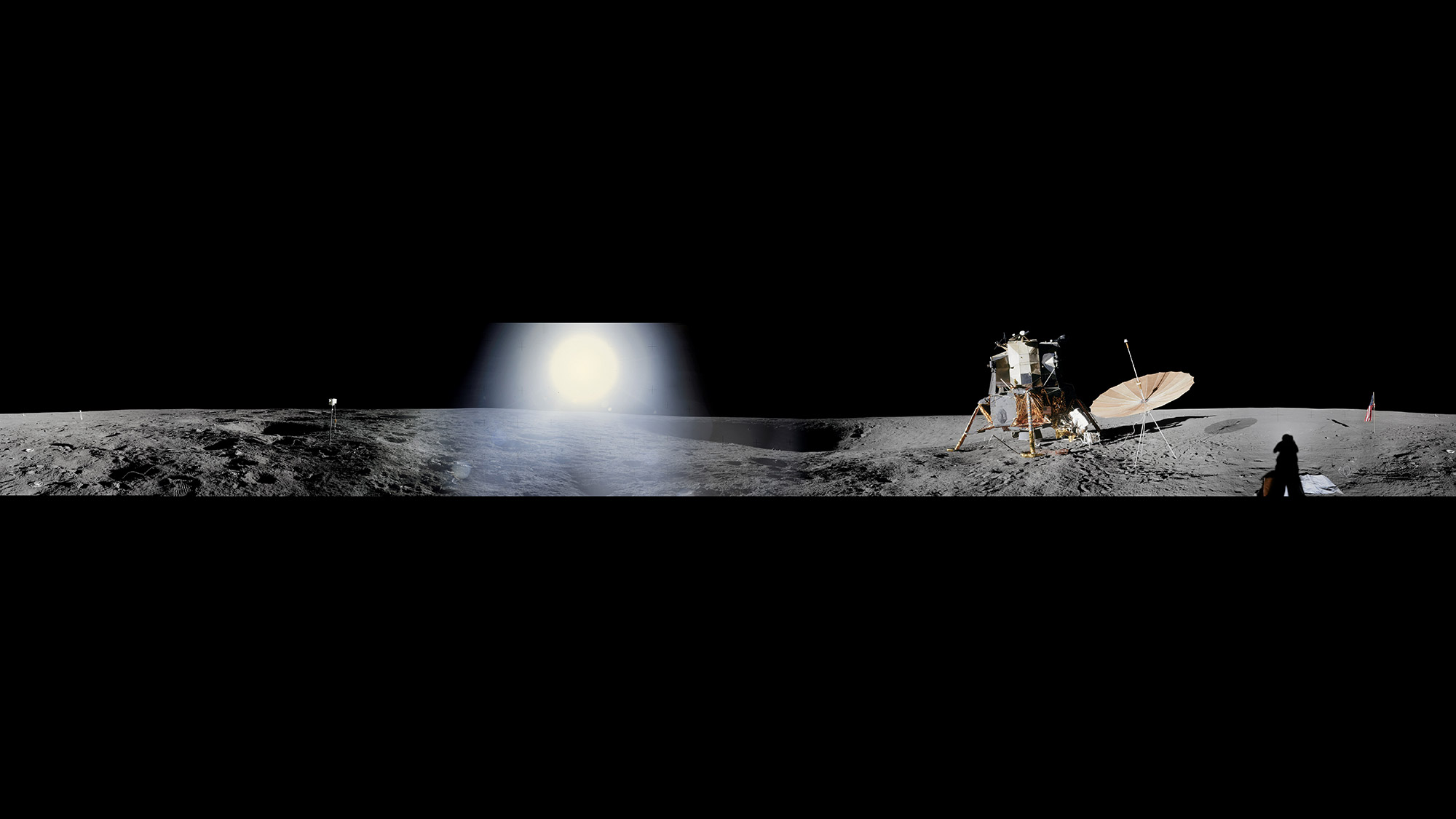
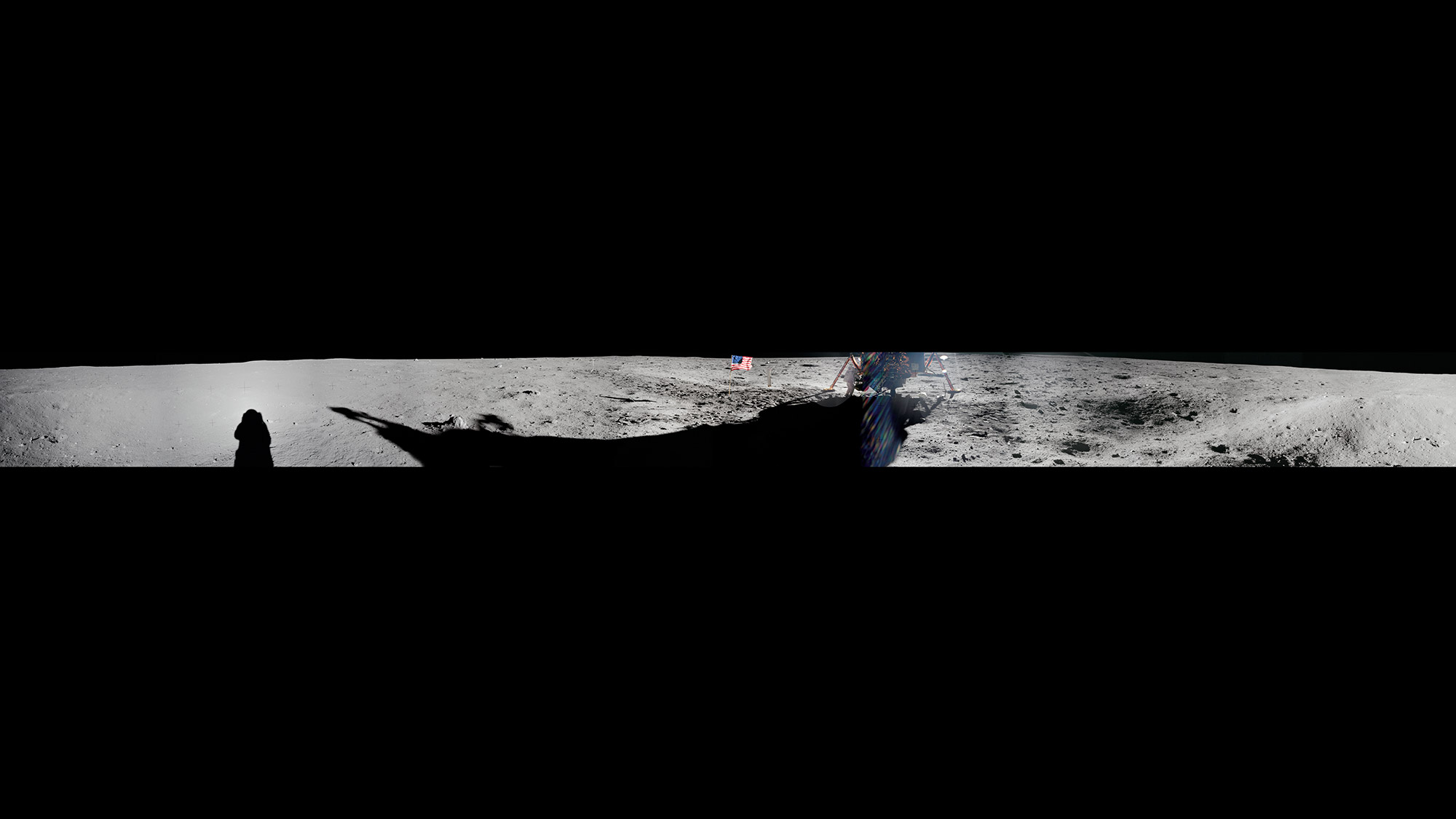
- Apollo 11 Flight Log, July 23, 1969: Preparing for Landing
- How NASA's Apollo Astronauts Went to the Moon
- Apollo 11: First Men on the Moon
Follow Passant Rabie on Twitter @passantrabie. Follow us on Twitter @Spacedotcom and on Facebook.
Breaking space news, the latest updates on rocket launches, skywatching events and more!
Join our Space Forums to keep talking space on the latest missions, night sky and more! And if you have a news tip, correction or comment, let us know at: community@space.com.

Passant Rabie is an award-winning journalist from Cairo, Egypt. Rabie moved to New York to pursue a master's degree in science journalism at New York University. She developed a strong passion for all things space, and guiding readers through the mysteries of the local universe. Rabie covers ongoing missions to distant planets and beyond, and breaks down recent discoveries in the world of astrophysics and the latest in ongoing space news. Prior to moving to New York, she spent years writing for independent media outlets across the Middle East and aims to produce accurate coverage of science stories within a regional context.
